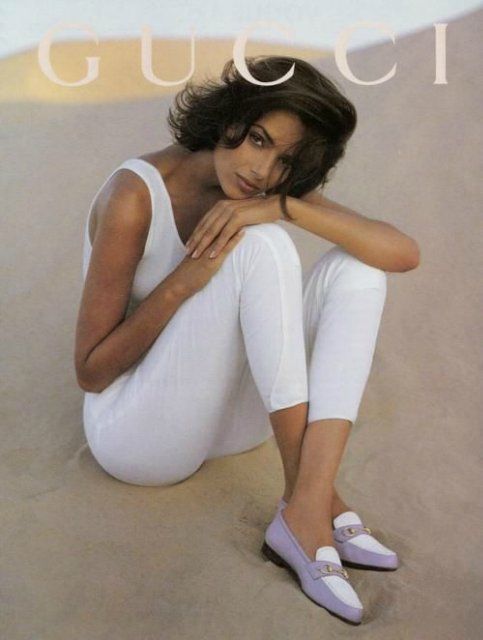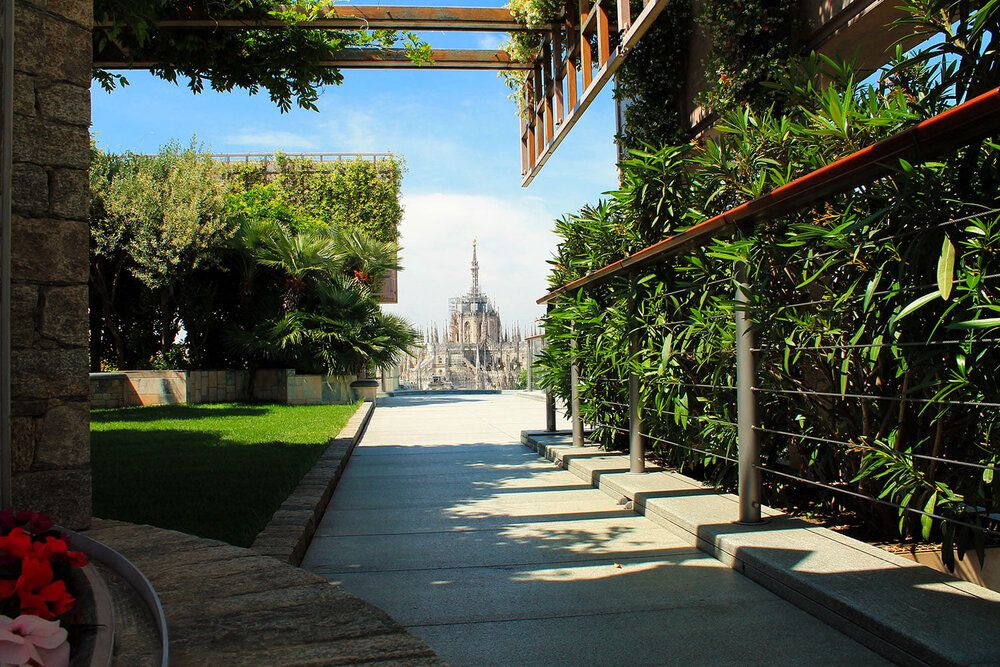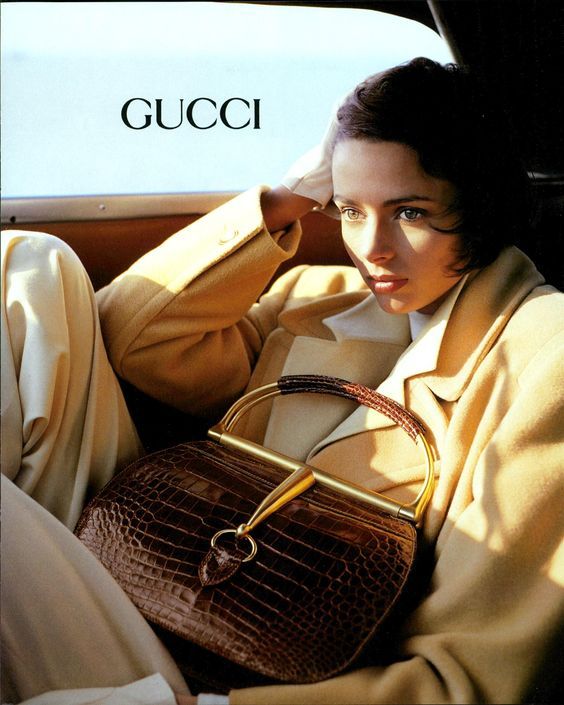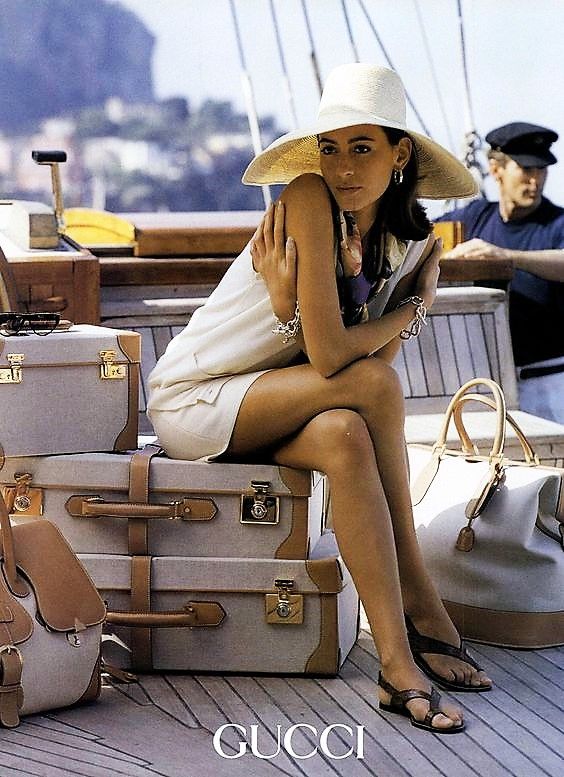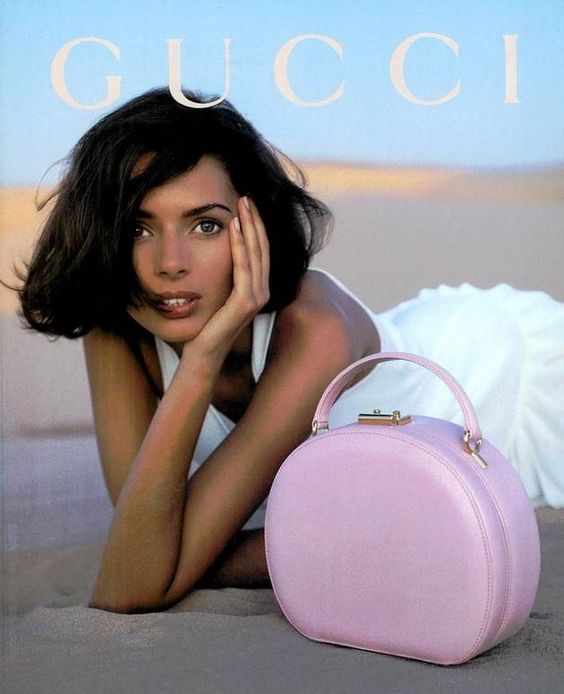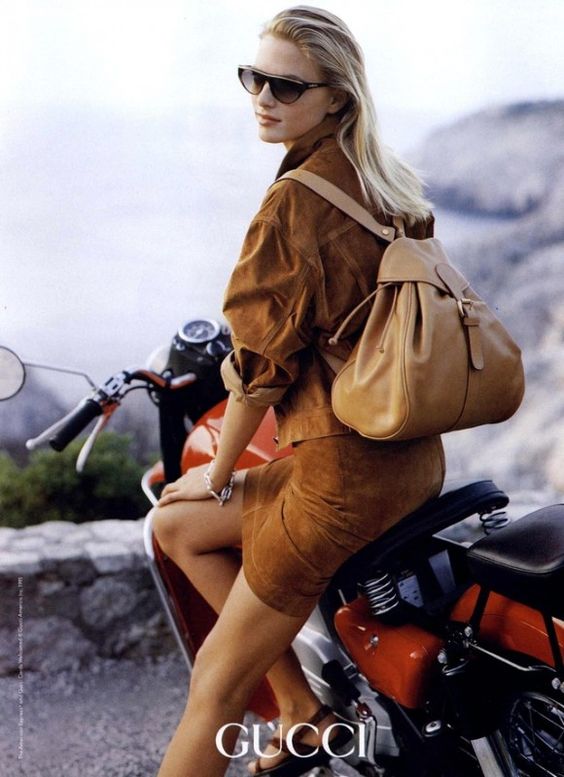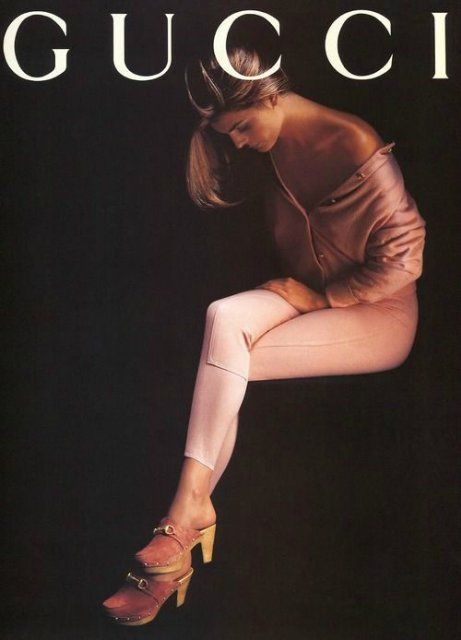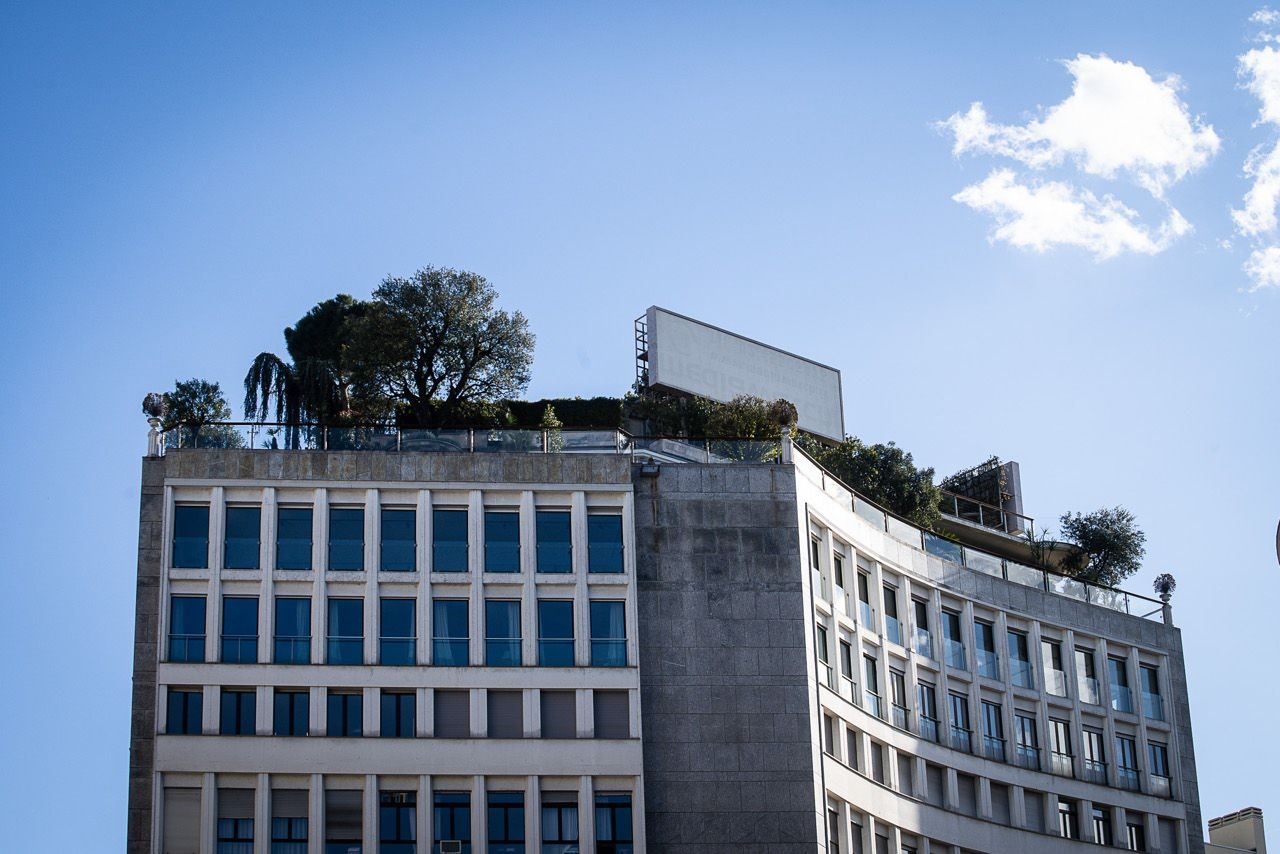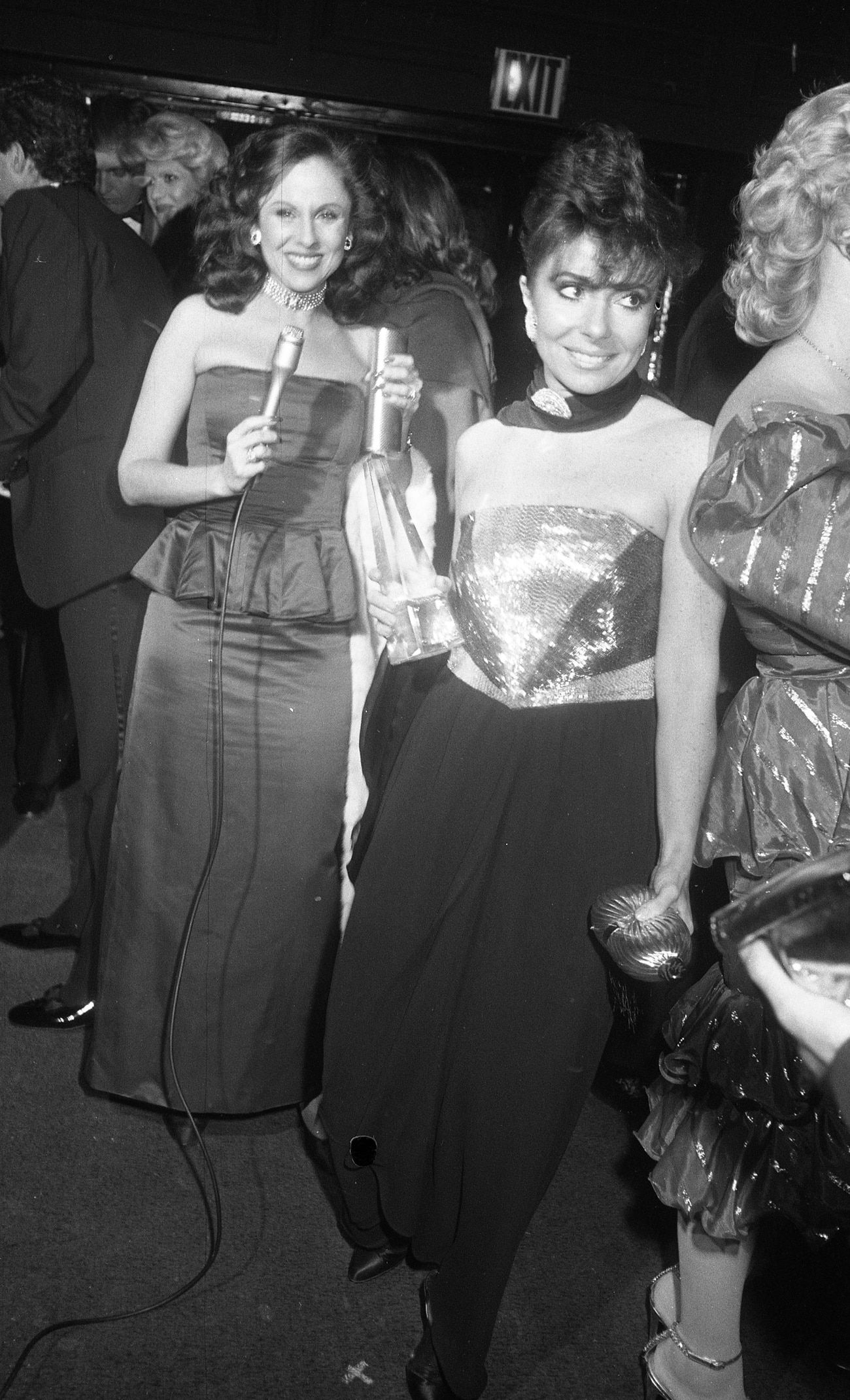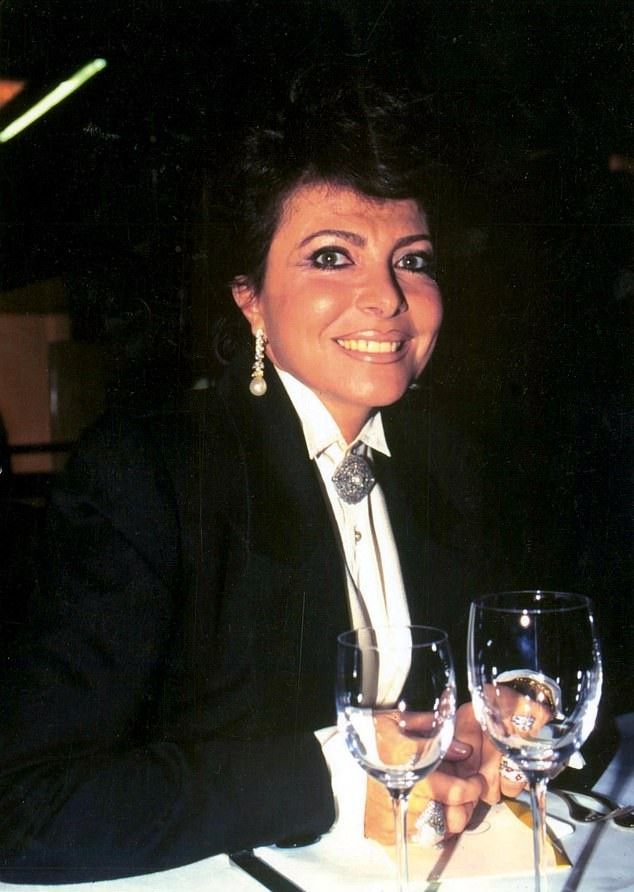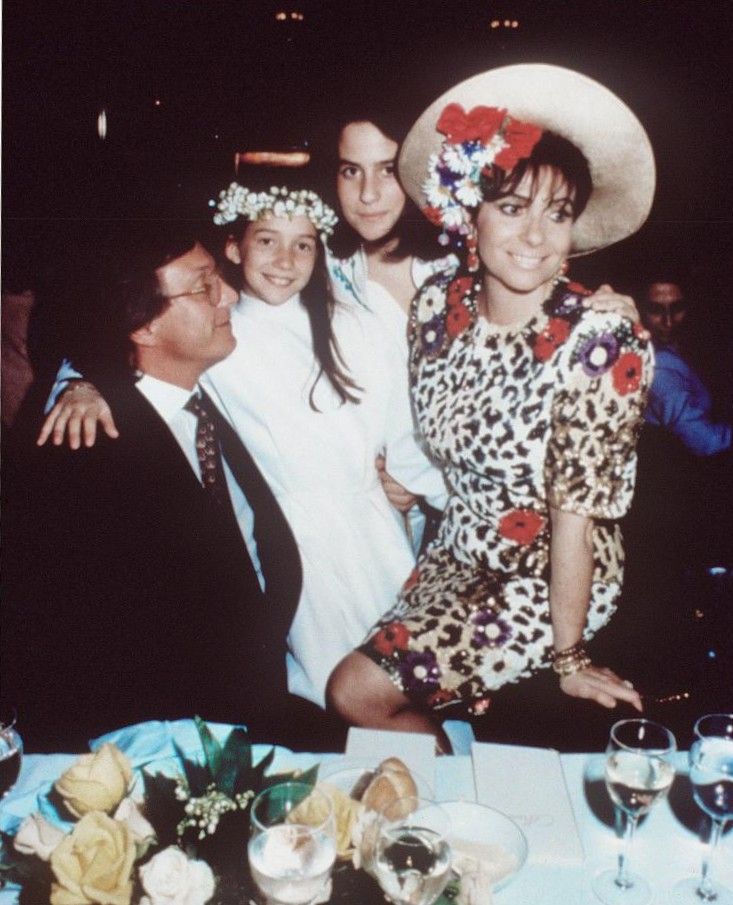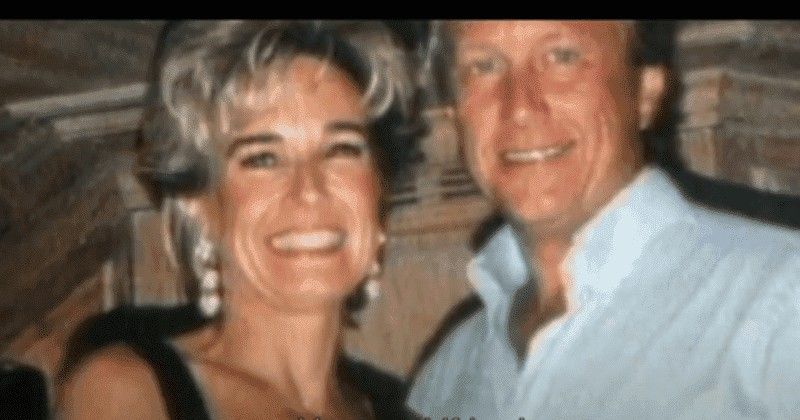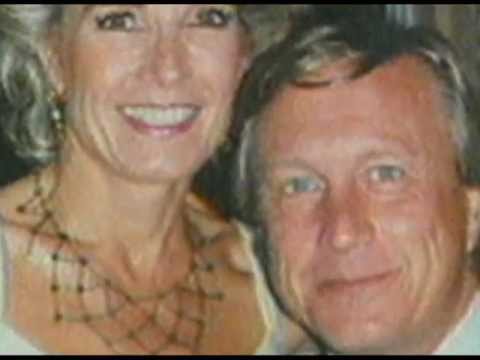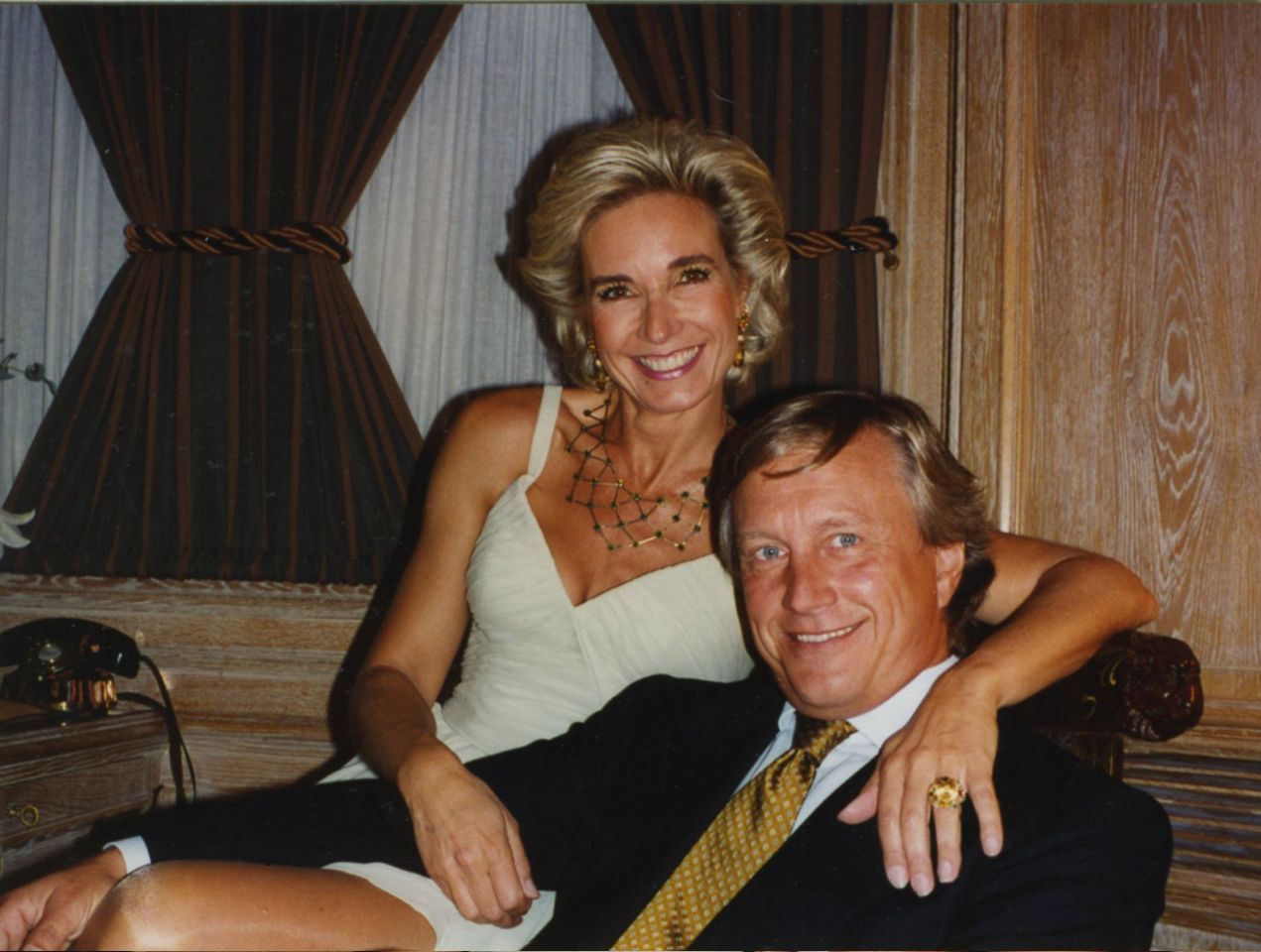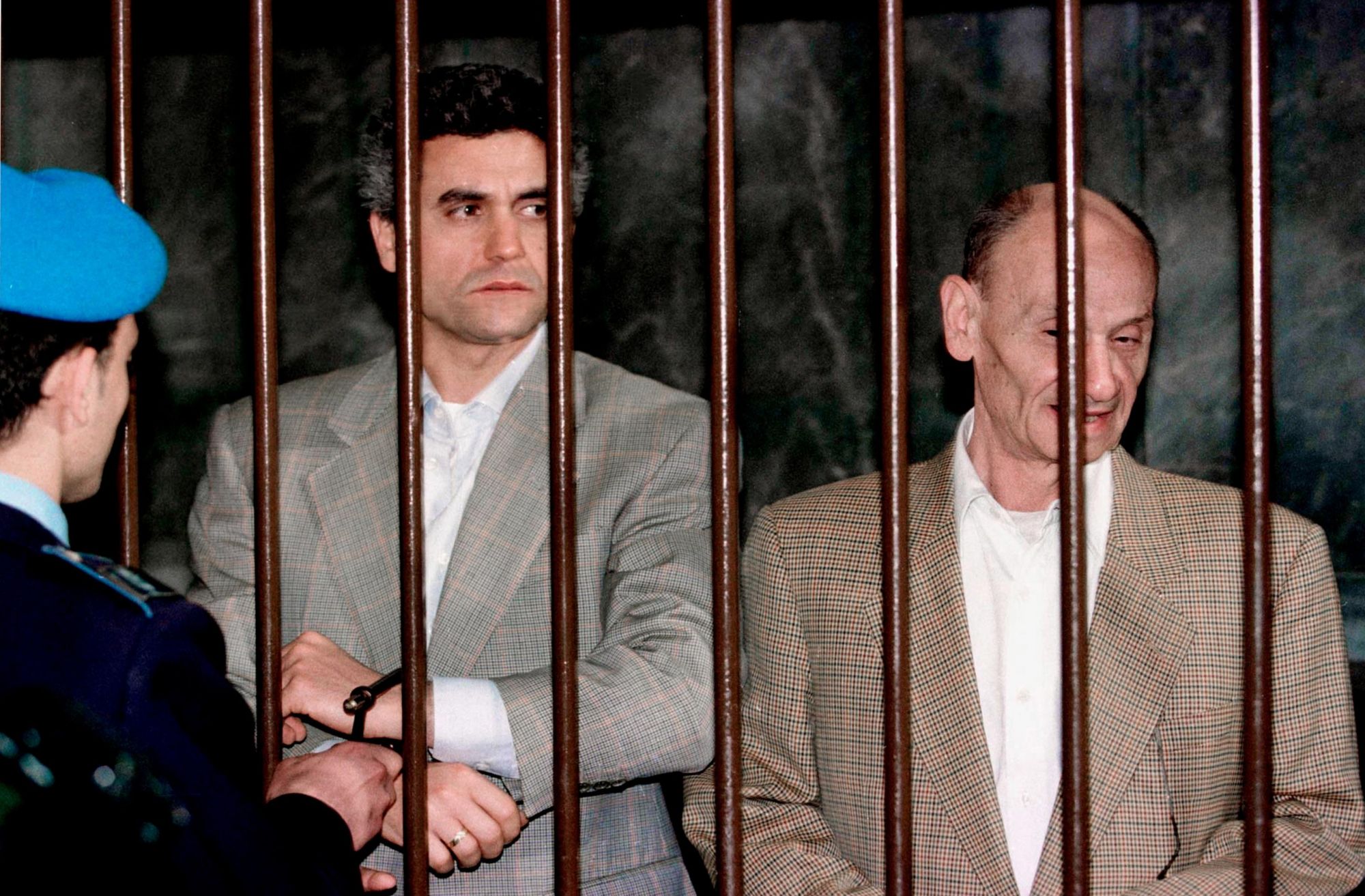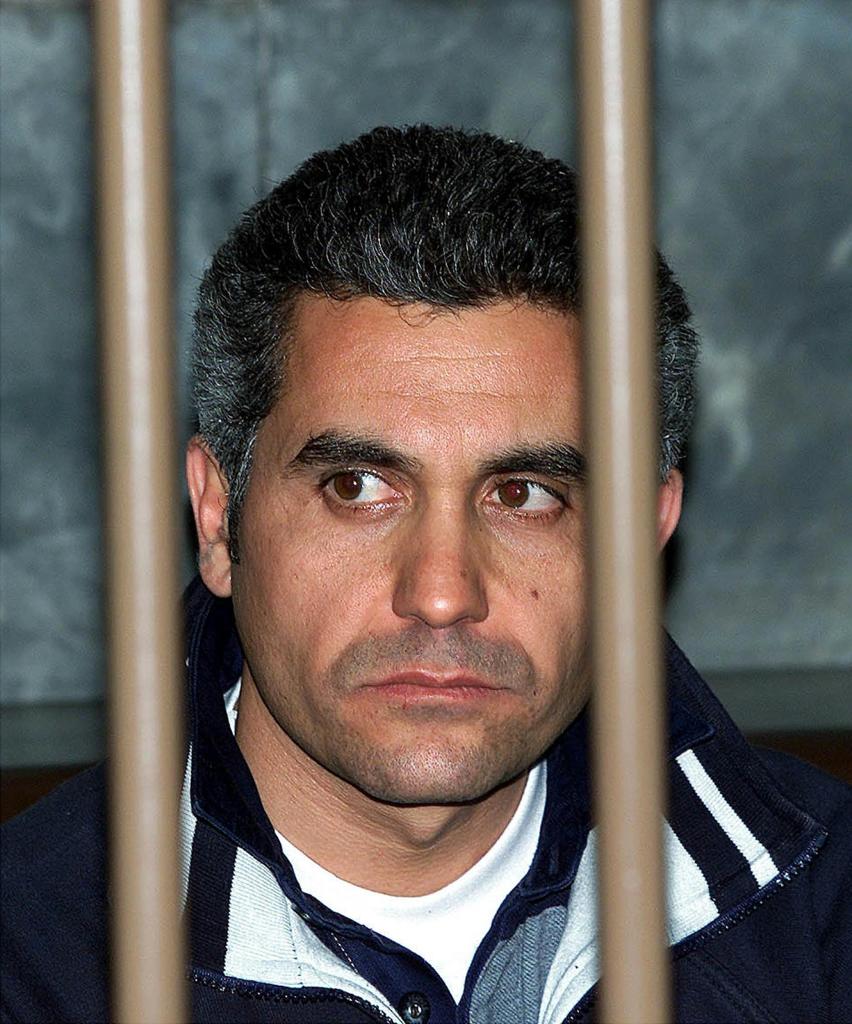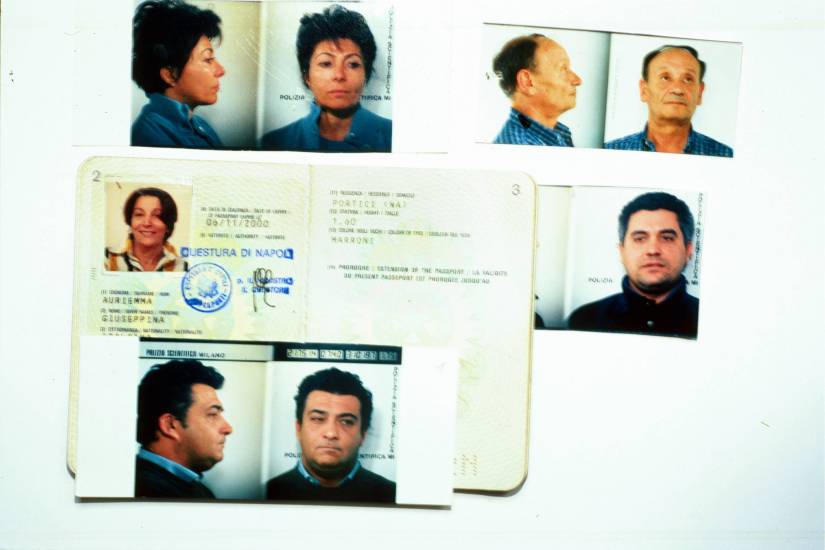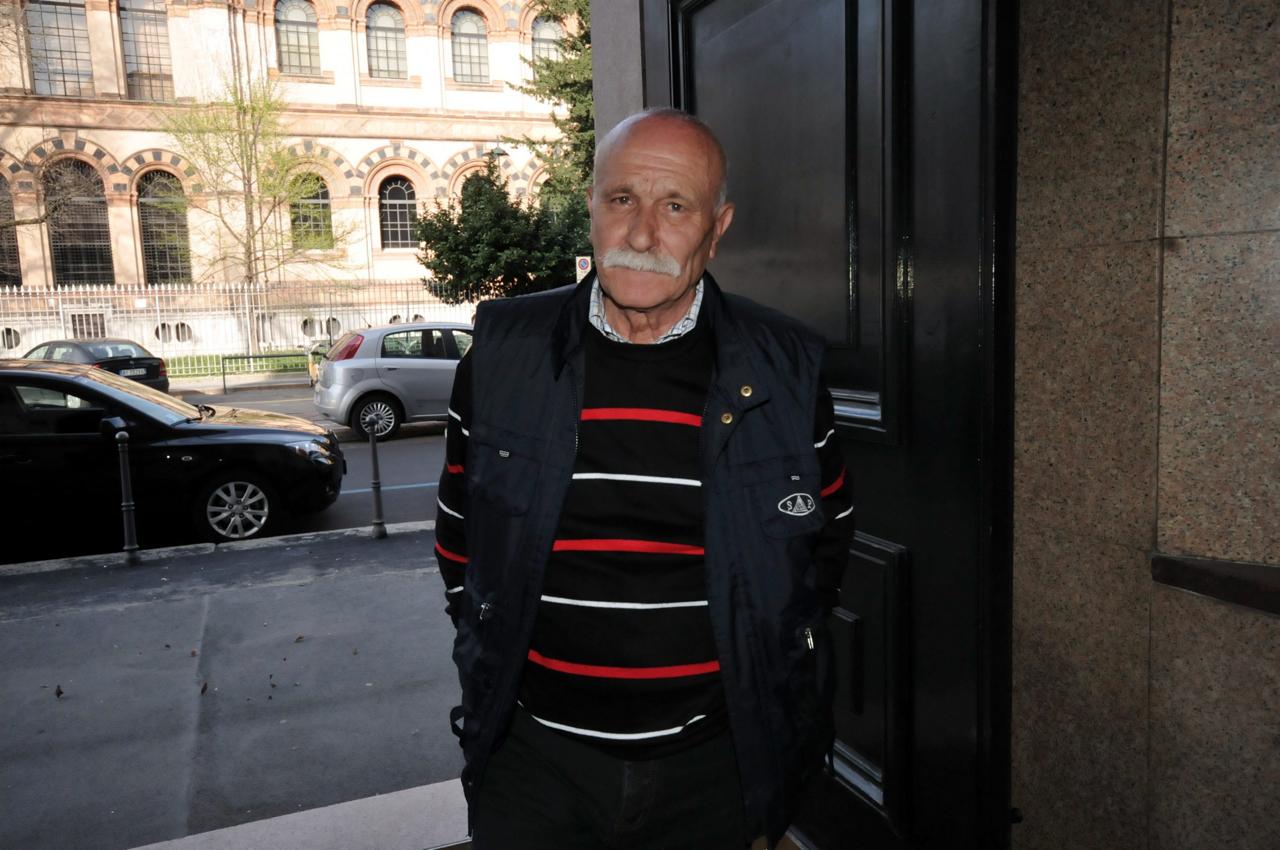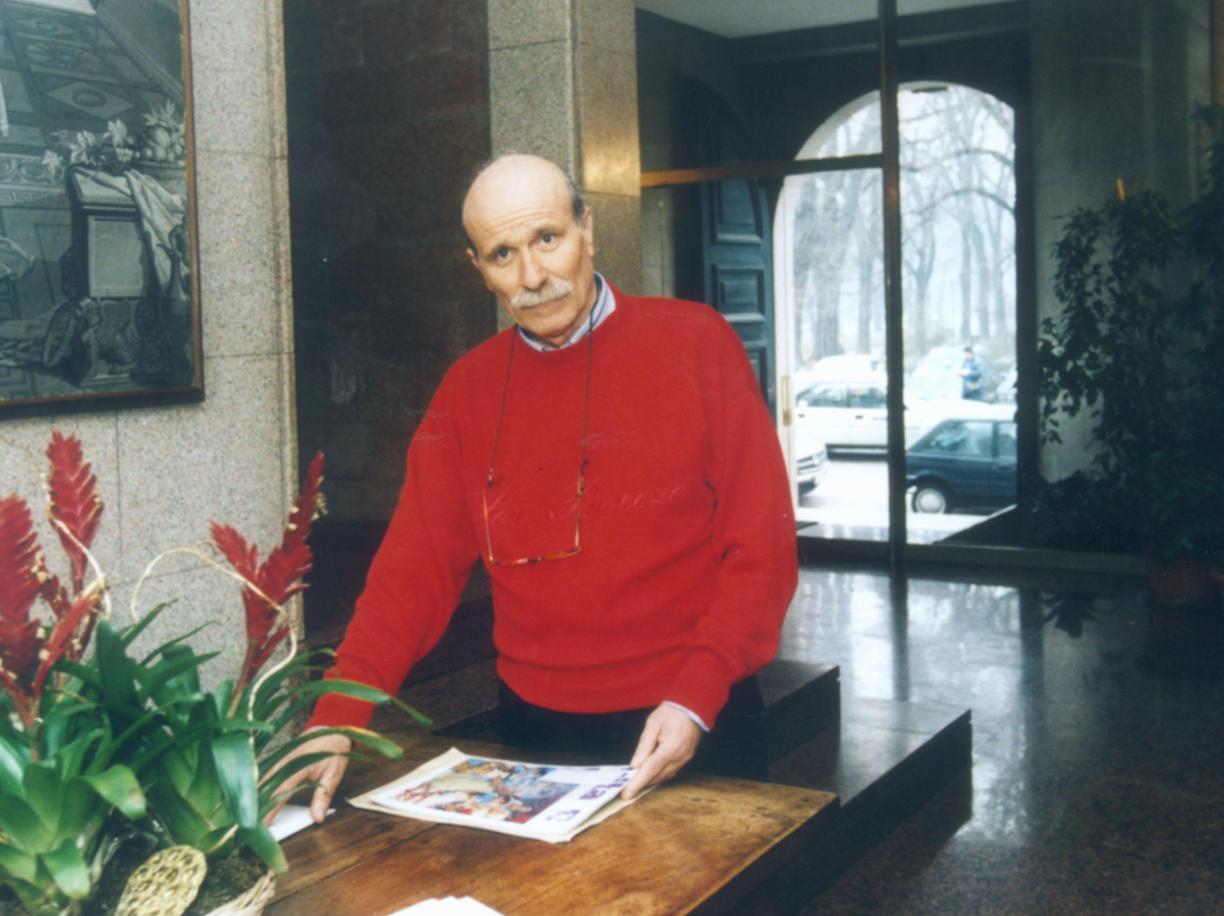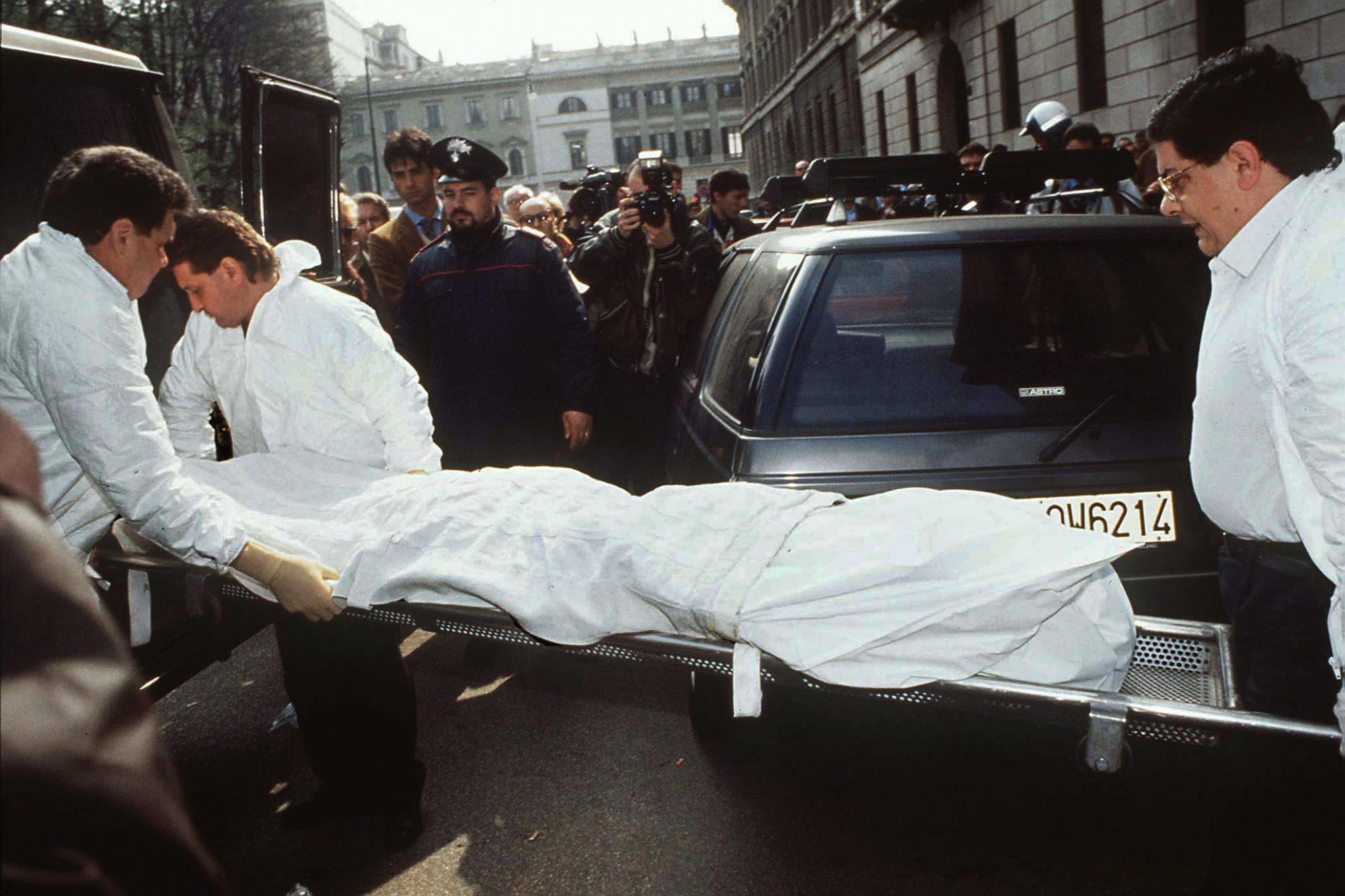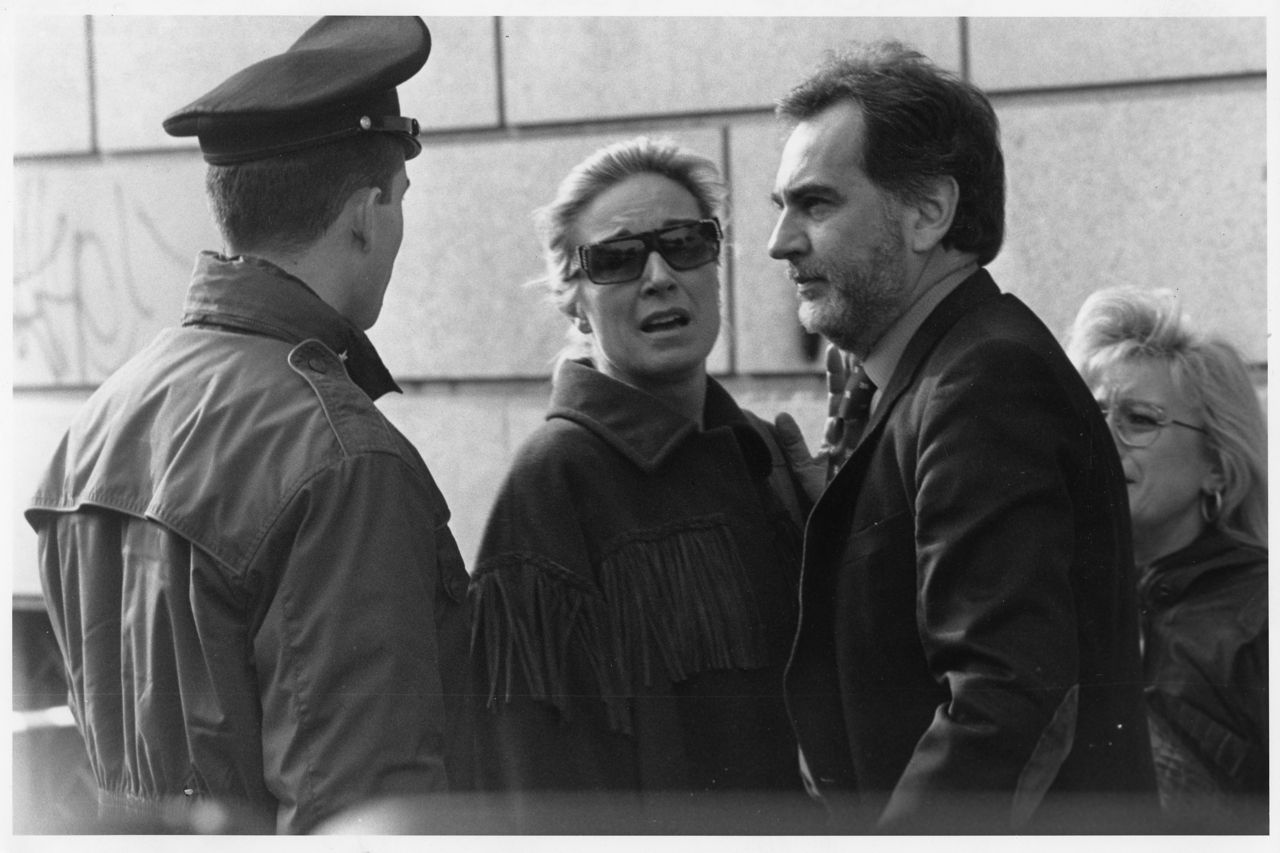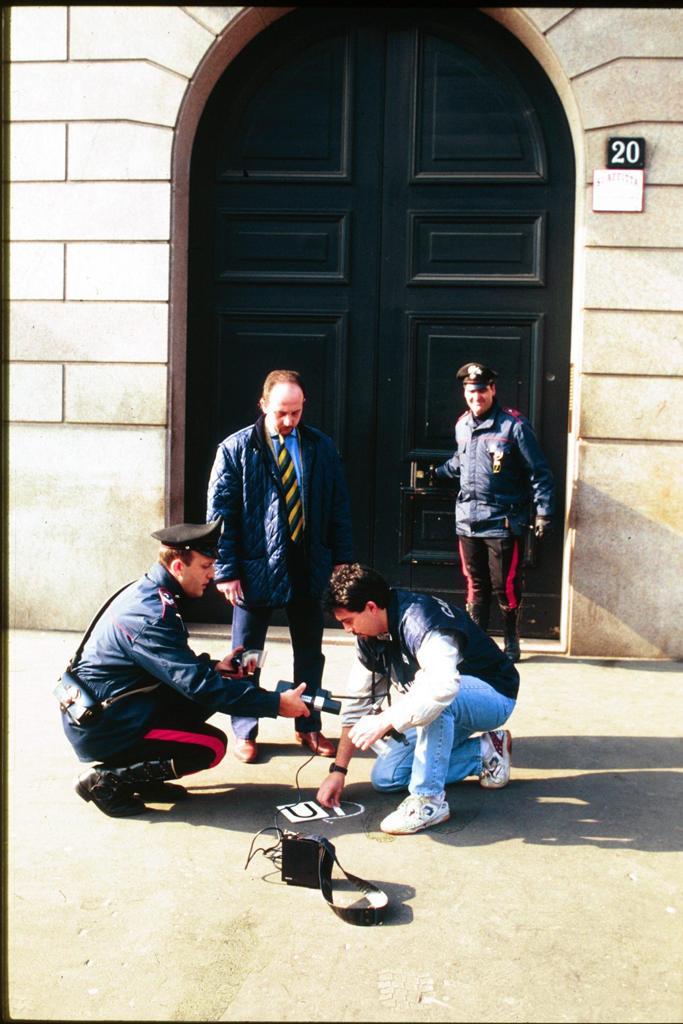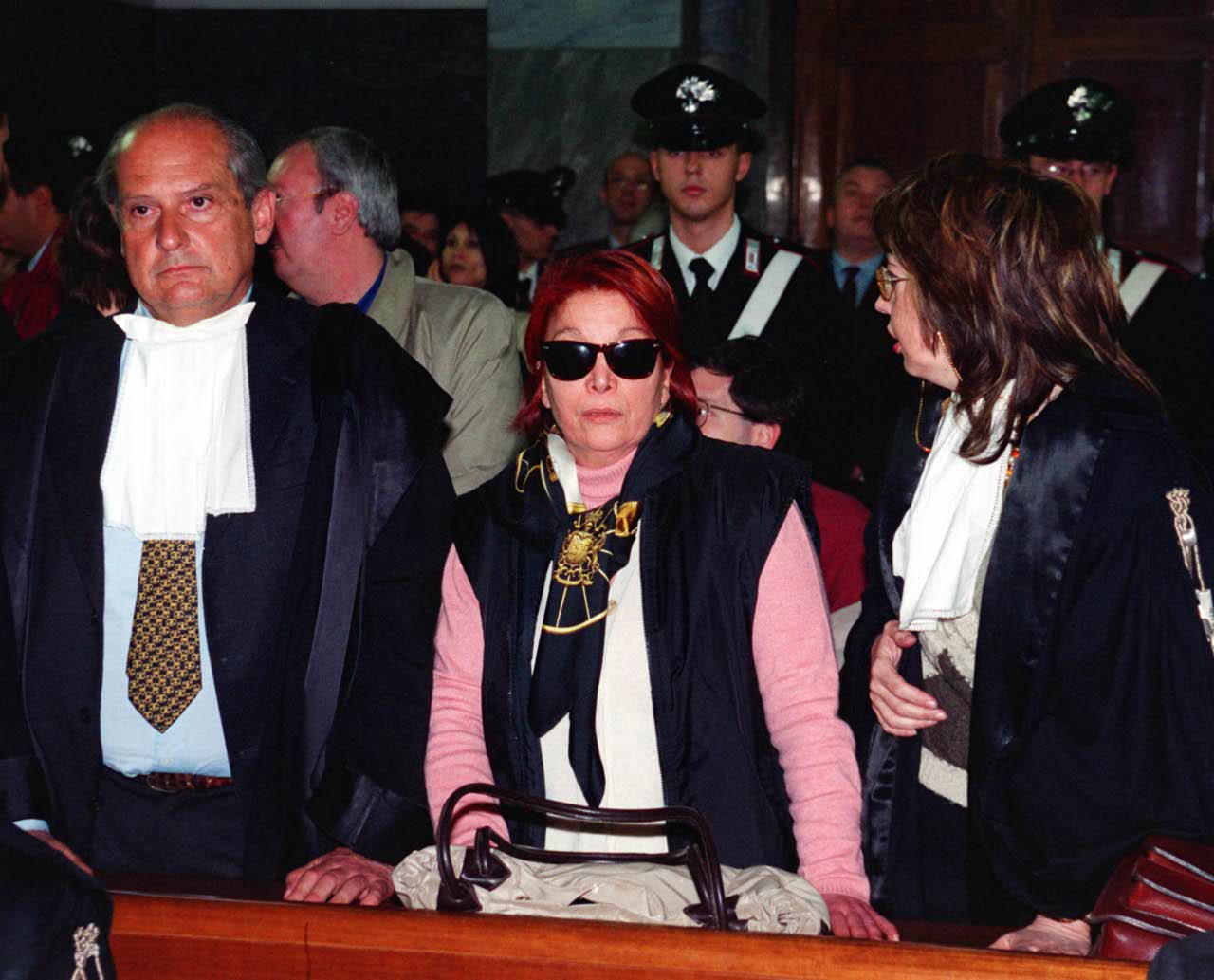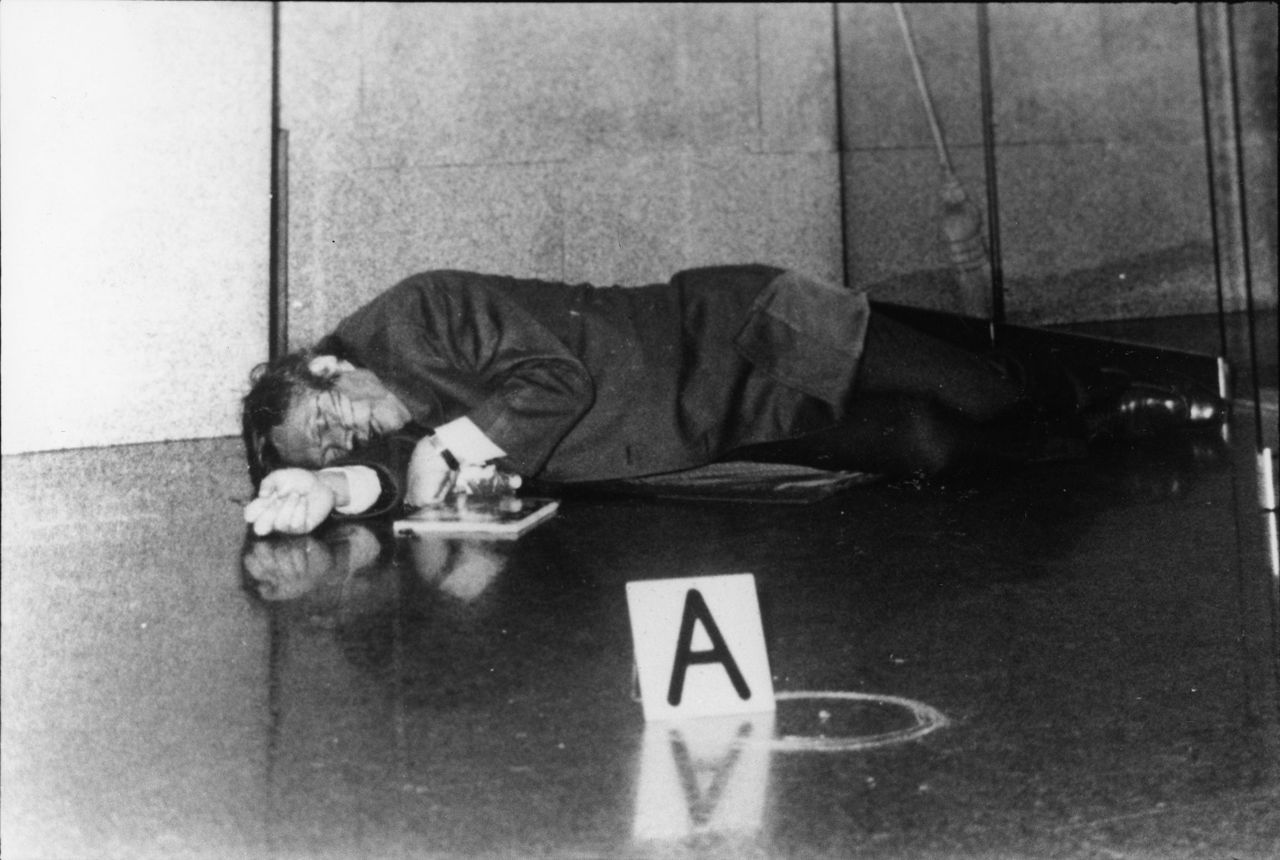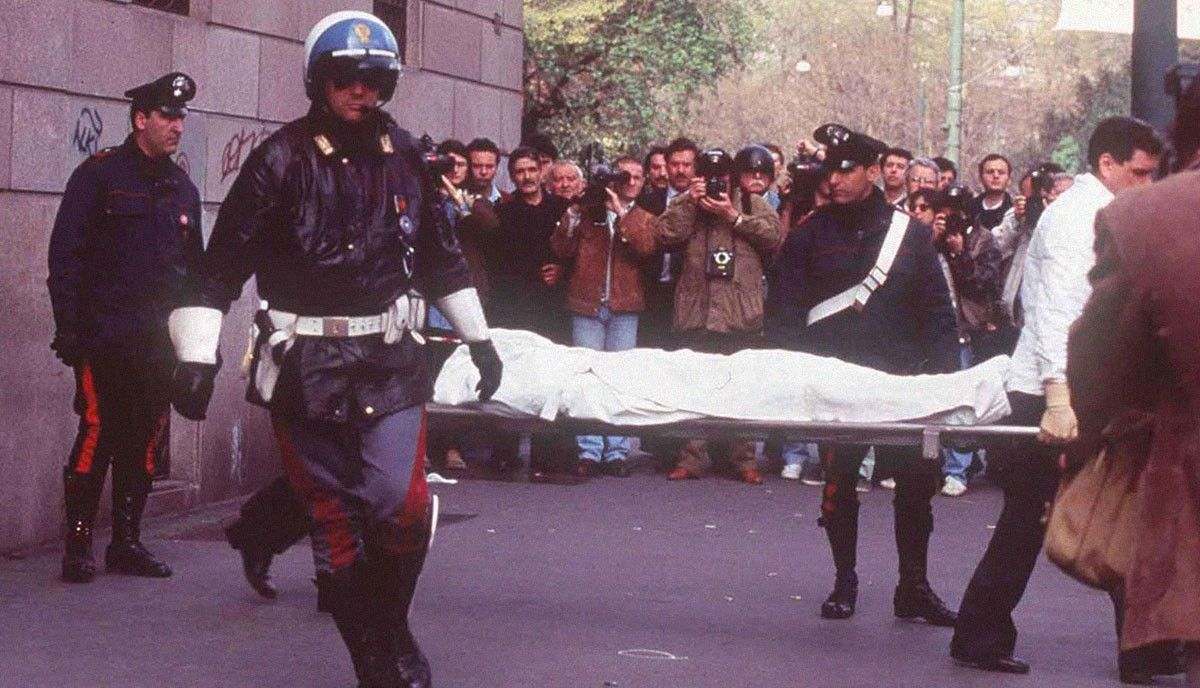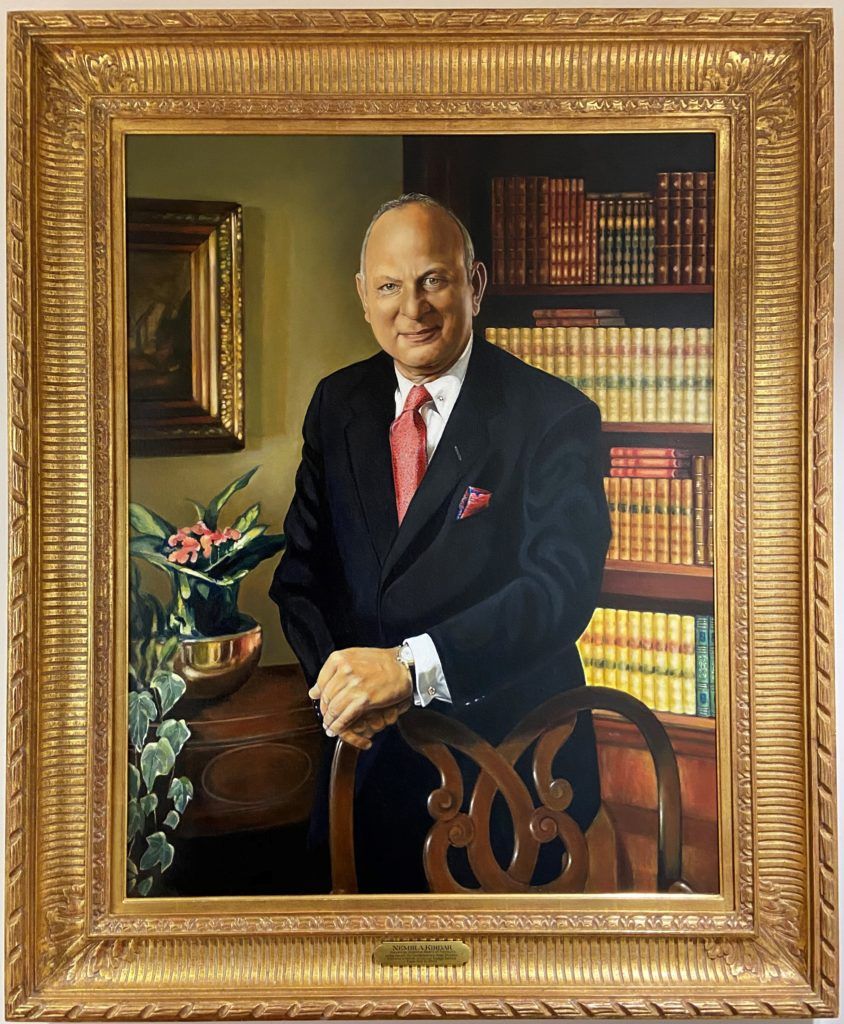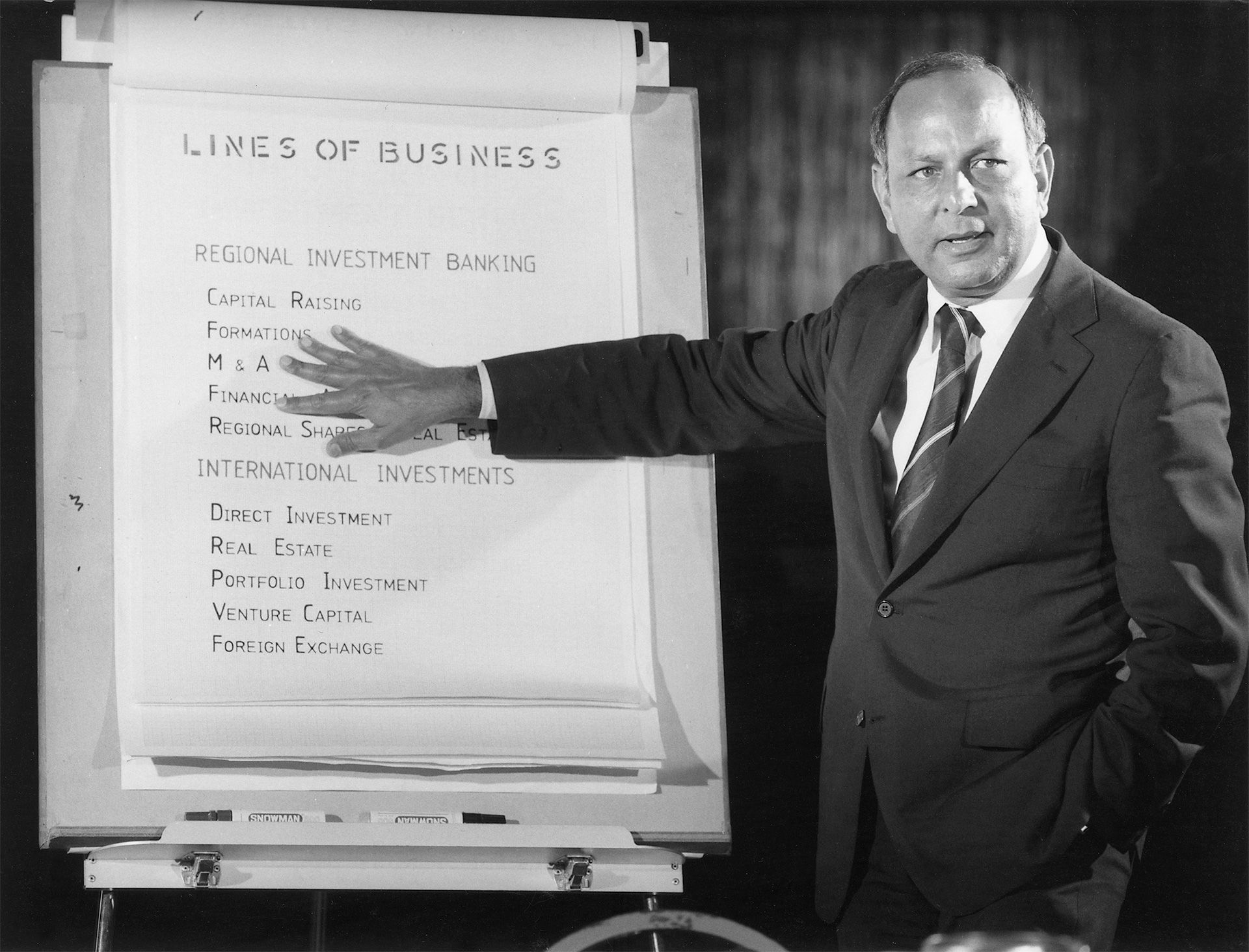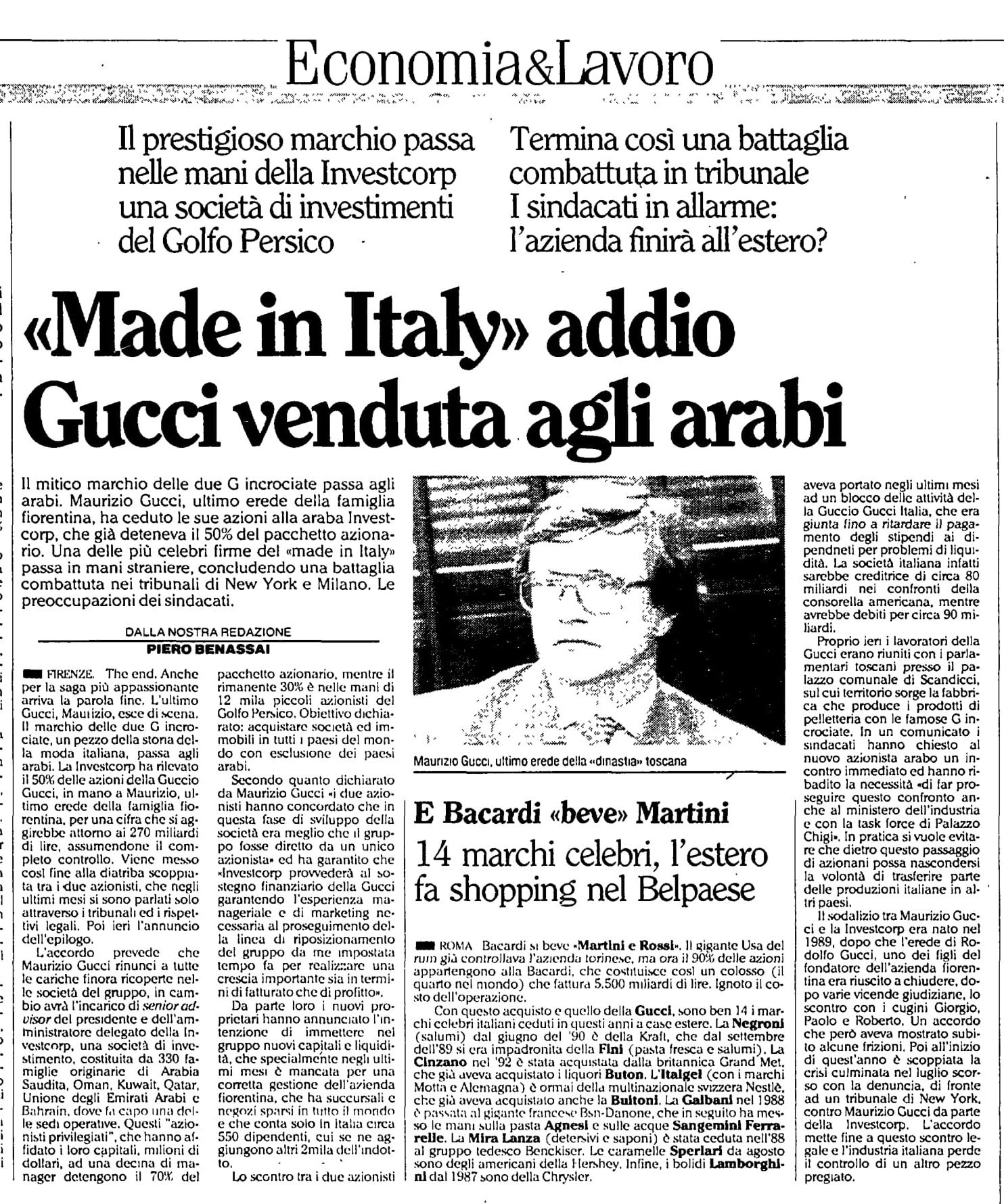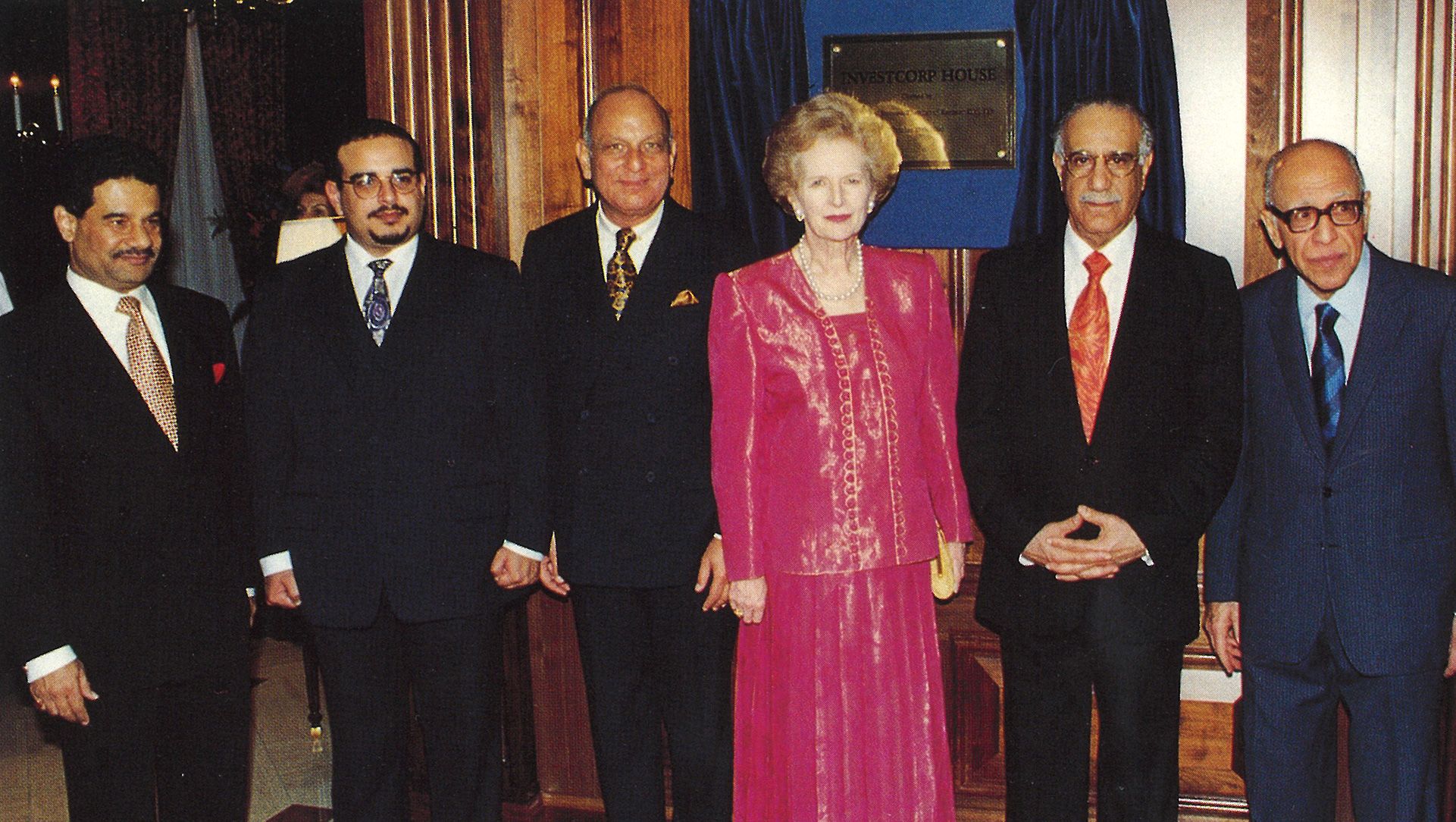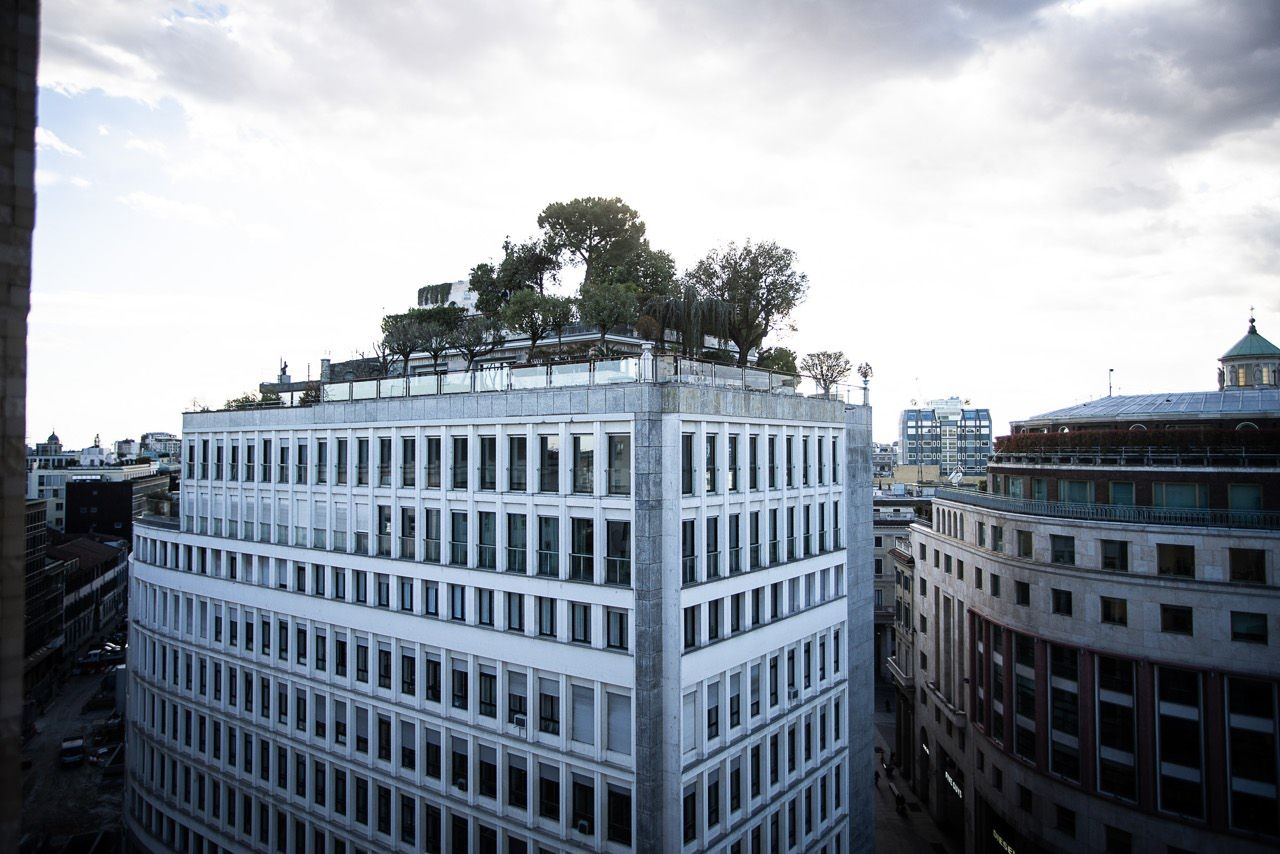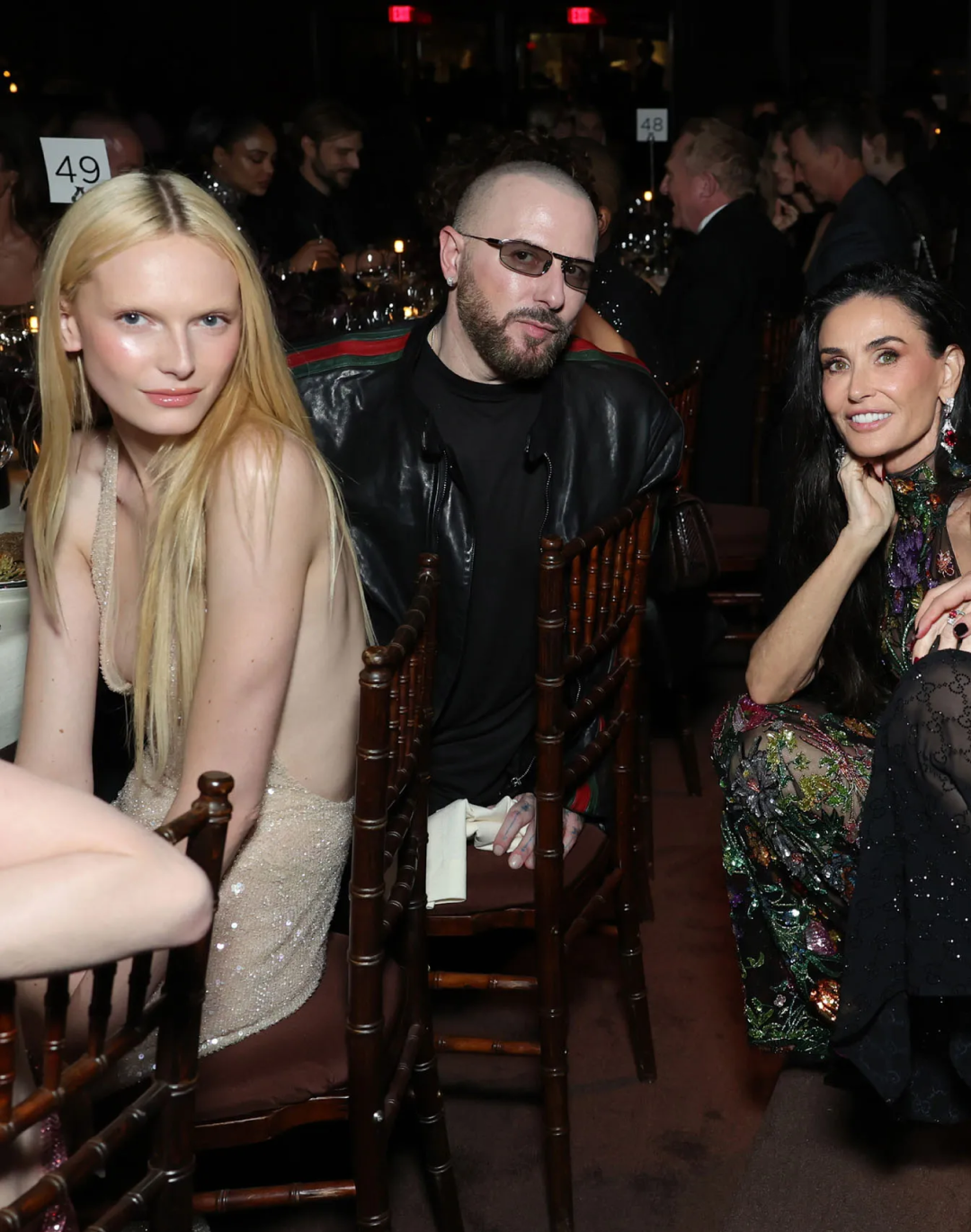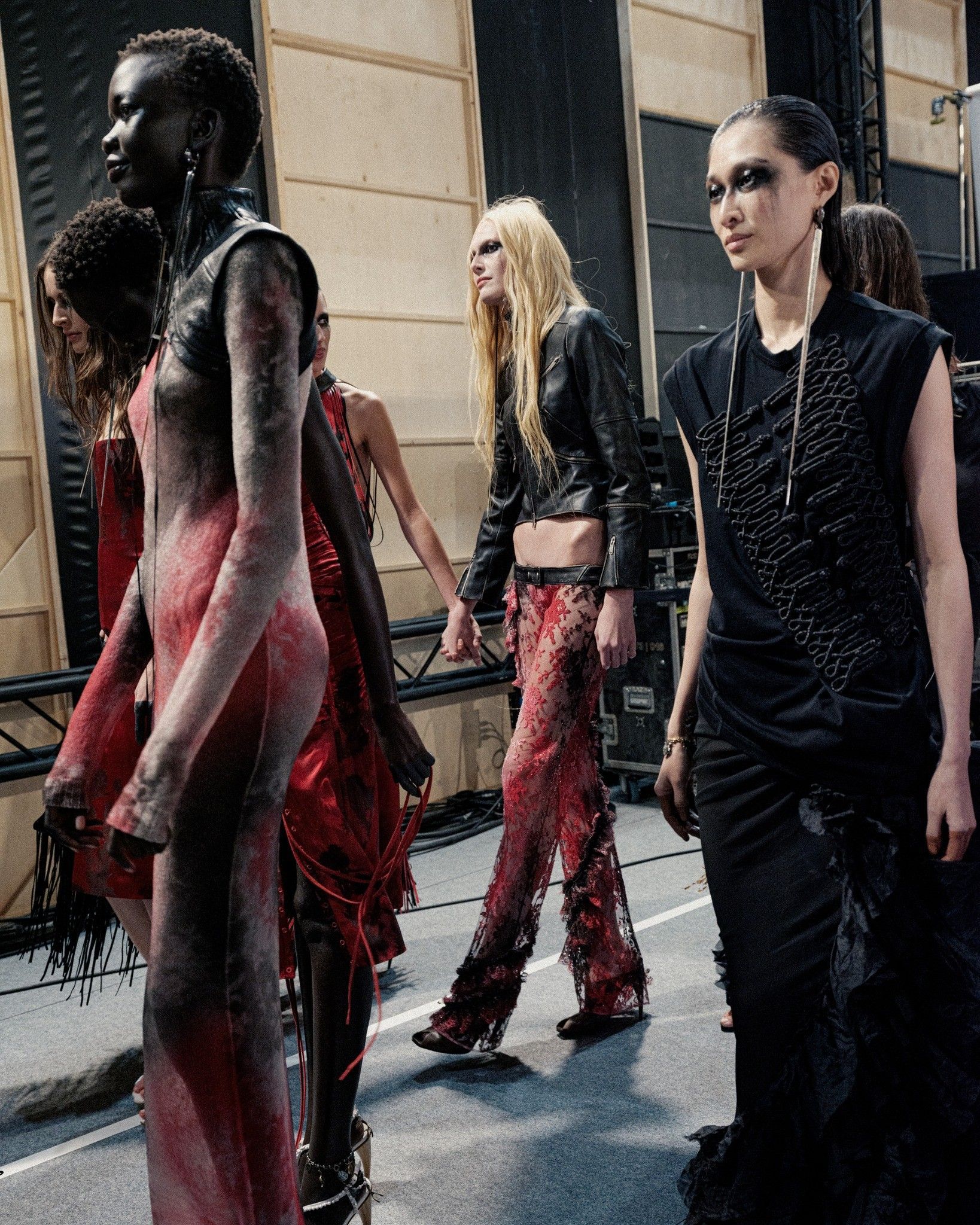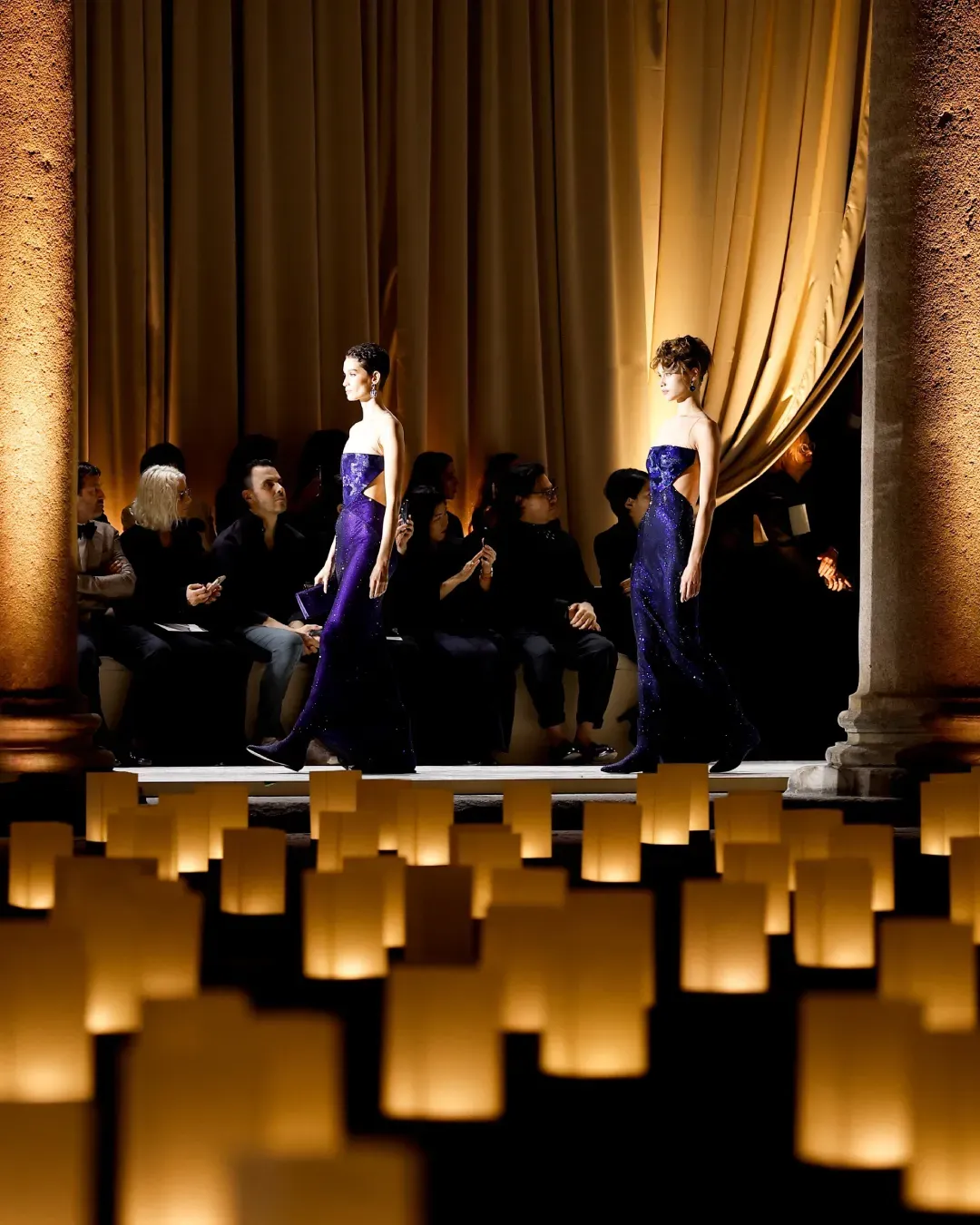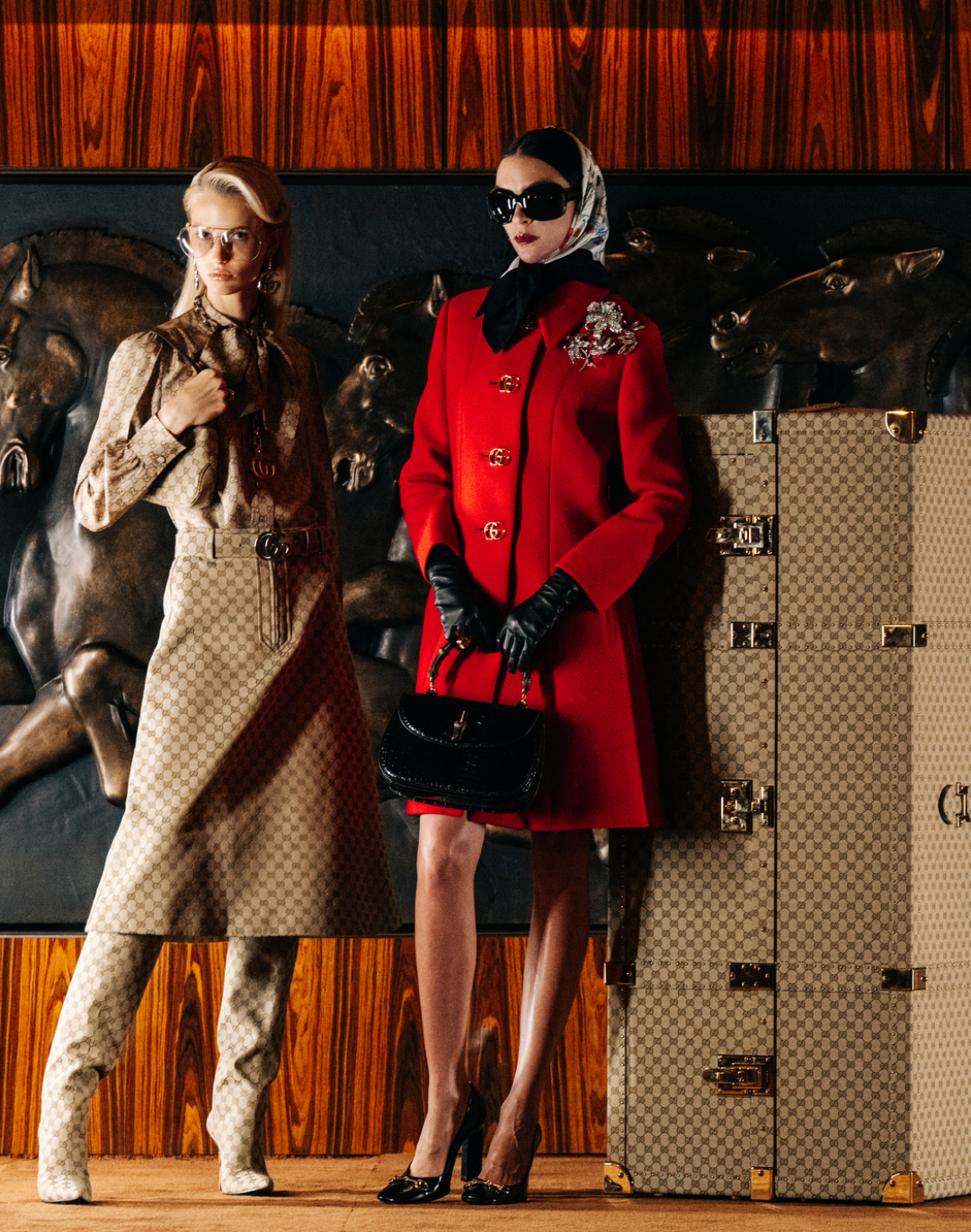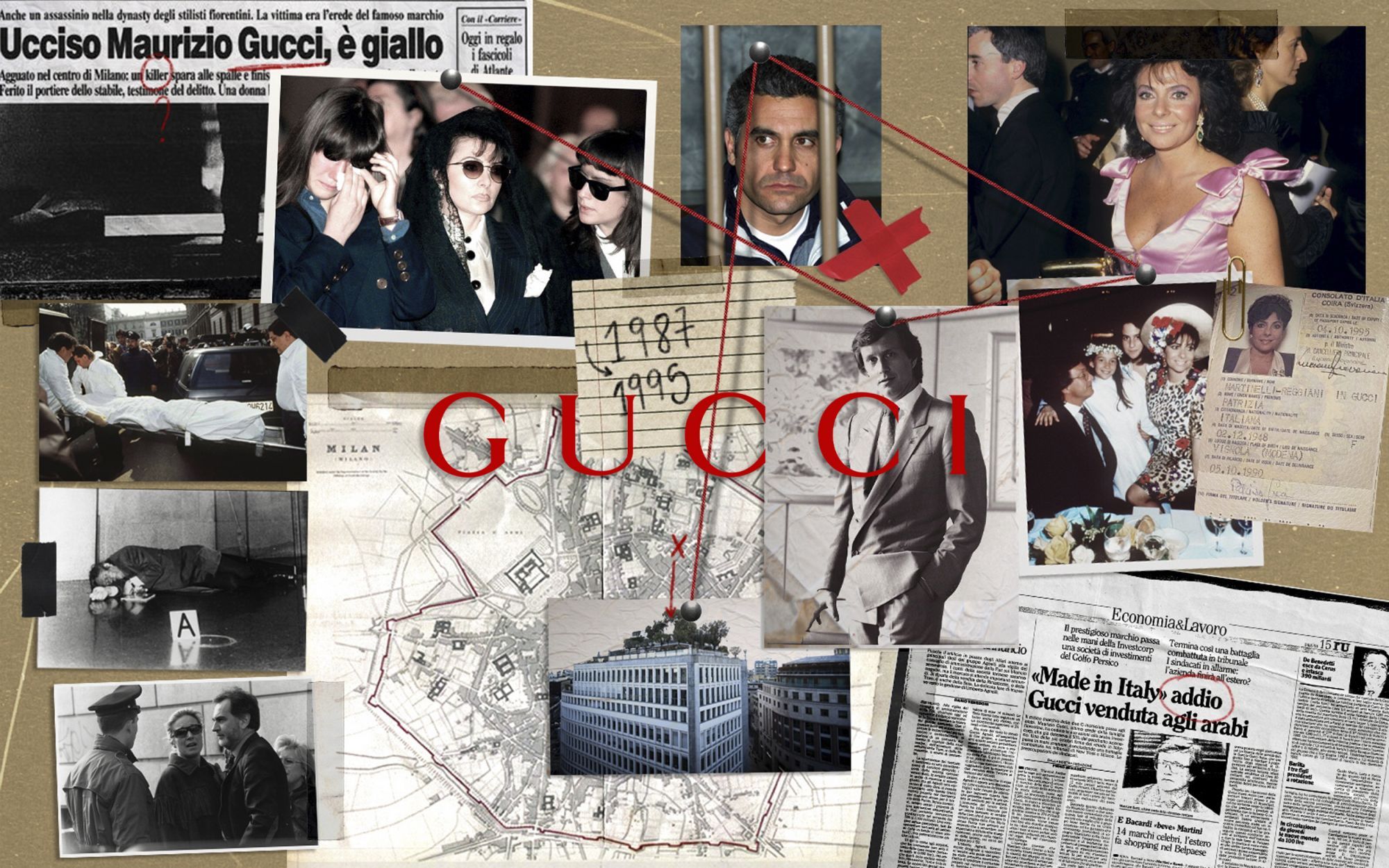
A Gucci Murder Story – “Blood on the marble” E02 The second episode of the True Crime series dedicated to the Gucci murder
Three events - each every Wednesday - to tell the story of Maurizio Gucci and all the events that preceded it. The first episode, which tells of Maurizio's rise to the top of the company, can be read by clicking on this link.
To do so, we have divided the story into three episodes, which will focus respectively on the rise of Maurizio Gucci to the top of the company, his murder and the investigations that followed. For the convenience of the exhibition, we present below a synthetic family tree of the Gucci family in which we have highlighted the main protagonists of the facts.
******
The late 1980s and early 1990s were a moment full of transitions for Gucci: in 1989 the first real creative director of the brand, Dawn Mello, was called from America - she had the very difficult task of cleaning up the brand's reputation after years of wild licenses and franchises that had irreparably diluted it. Mello's work was essential in resurrecting the brand's fortunes at a delicate moment of transition of power and prepared the ground for the triumphant arrival of Tom Ford, the Man of Destiny who brought the myth of Gucci into the new millennium. Before this triumphant moment, which however occurred only after the company had been torn from the rissous hands of the Gucci dynasty, the waters in which the family sailed for over a decade remained stormy, finding relative calm only after the death of Maurizio Gucci in 1995.
Patrizia
«I was the queen of Milan, people needed to tread lightly with me», this is how Patrizia Reggiani remembers in an interview with Corriere della Sera last year. And in fact she looked over the city like a queen, from the top of her legendary penthouse in Piazza San Babila (1800 square meters developed on three floors with swimming pool and hanging gardens) in which she had continued to live after the separation with her husband, who had moved into an apartment in Corso Venezia. At first Maurizio passed her 200 million a month, then became 60 million in 1990 and only 20 million the following year. Patrizia and her daughters still lived in luxury, squandering in the most absurd ways: as Alda Rizzi, the housekeeper of the immense penthouse of San Babila, recalled, there were 14 million monthly for food and servitude, 5 million telephone expenses, 2 million per month for orchids alone and, on one occasion, also 991 thousand lire to buy slippers. But high Milanese society still did not like the woman, both for her humble origins and for her sometimes bizarre attitudes - it is no coincidence that Patrizia defined the women of the patrician citizen of the "hens".
One of her habits that has been strengthening over the years was to manifest her growing hatred for her husband: first for his irresponsible expenses; then for his relationship with an old friend of hers, Paola Franchi in '92, who became cohabitation in '94. Already in the late 1980s, in fact, Patrizia was asking basically anyone if they coudl fine somebody who wanted to kill her husband, who wanted to see him dead. He also asked her lawyer, Cosimo Auletta, to whom she nonchalantly said: «What would happen if I try and get my husband killed?» When asked, the lawyer quit and alerted Maurizio, who was aware of his wife's intentions. According to some accounts, in fact, on the rare times he went to visit his daughters he refused to sit down for breakfast or to eat or drink anything that had passed from his wife's hands.
Trouble and War
After being accused of falsifying his father's signatures to evade huge inheritance taxes, Maurizio Gucci was officially on the run, $599 billion in mortgages had been entered on his assets, and even his sailing ship Crèole, bought through a convenience company abroad, was risking confiscation. Not all was lost: Gucci's American division was still in its hands, far from the Italian judges; his stock package, although frozen, remained safe and, above all, his rival cousins were engaged in an internal war that had also led Roberto and Giorgio to receive judicial communications about a series of Panamanian companies created in the 1960s. It was time to move: while at the beginning of July Giorgio Gucci became president of the parent company after a very difficult family meeting and Aldo Gucci got out of jail, the news comes that the black sheep of the family, the unfortunate Paolo Gucci, sold his 3.3% to a mysterious buyer. The situation is so complicated that at some point the company has two separate boards of directors, gathered in one only after the meeting with the new CEO, Maria Martellini, and 46.6% of the company (i.e. the part of Aldo) merged under the control of Roberto and Giorgio Gucci.
Meanwhile, the company's finances wobbled: between 1985 and 1986, 30 billion in turnover had been lost and profits had almost halved. The new stability and the new board of directors made everyone sleep soundly and that was the moment when Maurizio began his endgame. It came to light that the bank Morgan Stanley, which had allied with Maurizio, had bought the shares of Paolo Gucci, which now used it as a front to oust the rest of the family: Maurizio controlled all the company's foreign stores in America, France and the United Kingdom; his cousins had the factories. It was a siege that ended, in February 1988, with the capitulation of his cousins and the end of the arrest order for Maurice, who returned to Italy from his "exile": Roberto and Giorgio sold to Morgan Stanley 46.6% of the company, the bank was now the second majority shareholder after Maurizio himself, whose shares were still under seizure.
The first rumors begin to emerge: Morgan Stanley carried out its operations on behalf of a mysterious group of shareholders, with some even named Christian Dior. Finally comes the article in the Financial Times of London: behind the purchase of the company is the Arab group Investcorp. In the meantime Maurizio is sentenced in Milan with a suspended sentence – if he manages to close his civil case with the tax man he can return to control 50% of his shares. The question remains open even when, in 1989, the new board of directors appointed Maurizio Gucci as the new president of Gucci: the family war is won. However, the success would last only a few years: after re-lifting the fortunes of the brand putting first Dawn Mello and then Tom Ford in charge of the creative team, the debts incurred to secure control of the company had become enormous and, in a final twist, Maurizio himself found himself forced to sell his entire share package at Investcorp for 170 million dollars in 1993. The Gucci epic was over forever.
«For you hell is yet to come»
With the sale of the last piece of the company, Patrizia felt that she had lost a status that belonged to her - at the time of her love with Maurizio she had been her most trusted advisor. What's more, by losing the family business, Patrizia felt that her daughters were losing her inheritance. The gigantic alimony agreement signed with Maurizio in Switzerland, which granted her one million francs a year as well as the use of houses in St. Moritz and Creole, the sailing ship that Maurice had bought her by weight of gold during their thirteen years together, was not enough. Here's what gucci house maid Alda Rizzi remembered:
«Since 1985, Dr. Gucci sent his wife $200 million a month, plus $350 million in August for renting a boat. [...] They came in cash, I counted them. [...] She told me he wanted to see him dead. To cover her house expenses she had accumulated debts, she also had difficulty keeping her daughters' horses [...]. She asked me if my husband could find someone to kill Dr. Gucci. She said she wanted to kill him, that he didn't give her any more money, that I had to help her. She was serious. I objected. Even if it's the last thing I do - she replied - I want to see him dead».
In 1991 there was a turning point. Reggiani is diagnosed with a benign brain tumor that is successfully removed. Next to her are her two daughters, her mother and friend Pina Auriemma but not Maurizio. This infuriates Patrizia who, in a telephone message that was recorded, tells him «For you hell is yet to come». Meanwhile, she begins to ask anyone she knows if anyone knows a contract killer to kill her husband: she asked her boyfriend at the time, she also asked the housekeeper of her house, Alda Rizzi, to both of them proposed a payment of two billion lire.
The first such requests to Auriemma date back even to the late 1980s but it was only after the tumor, in July 1994, that her questions became more insistent and, finally, they found an answer. Pina Auriemma, caught in a relationship of co-dependence on Reggiani who promised to solve her debt problems, turned to the husband of a friend, Ivano Savioni, the doorman of an hotel in Via Lulli, in the Loreto area of Milan, also persecuted by usury, who in turn acquitted Benedetto Ceraulo and Orazio Cicala, the two killers. The amount agreed was 500 million, of which 150 were paid immediately. Reggiani had a receipt signed, curiously, which she then handed over in a closed envelope to a notary: a small time bomb that should have come in handy for the investigation.
The murder
It's March 27, 1995. Maurizio Gucci, former president of the maison, is entering the office of his new company, Vierse. Giuseppe Onorato, the door man, is sweeping the hall. Gucci passes the door as, behind him, two men arrive from a green Renault Clio. One of the two pulls out a .32 caliber and shoots three times: the first under the left shoulder blade, the second at the buttock, the third and last directly to the head – this at close range. Maurizio Gucci is on the ground lifeless, the blood spreads on the marble of the entrance hall, his last gesture was to look the doorman in the face.
The killers fire twice more at the doorman: one shot goes empty, the second injures him in the arm. The man also falls to the ground. The killers get back in the car and run away. The mystery of the Gucci murder had begun.









































